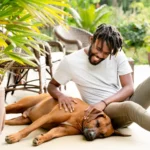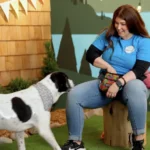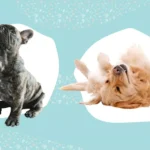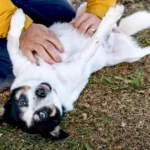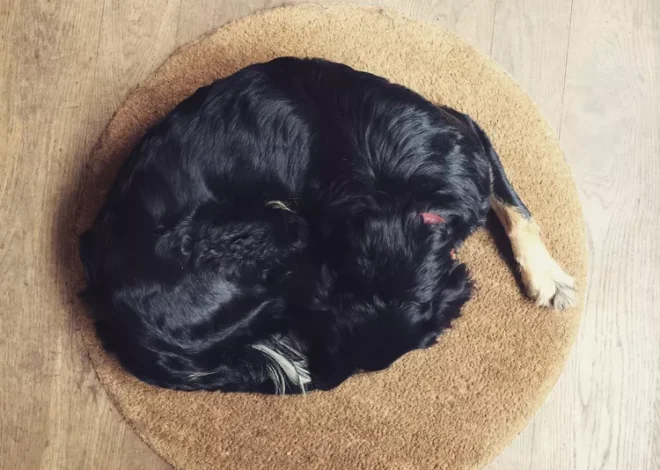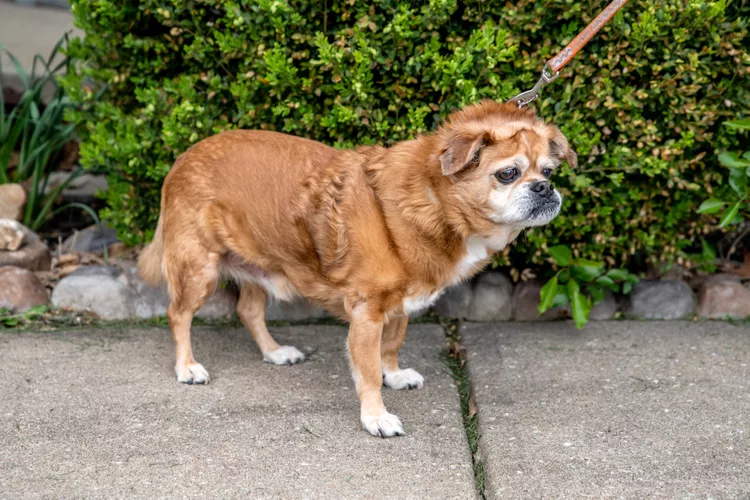
10 Things People Do That Dogs Can’t Stand

Dogs are incredible companions, but their preferences often differ from ours. While we humans might find certain actions affectionate or routine, dogs might interpret them differently. Understanding what irritates dogs can help improve your bond with your furry friend.
Here’s a look at 10 things dogs typically dislike:
1. Hugging
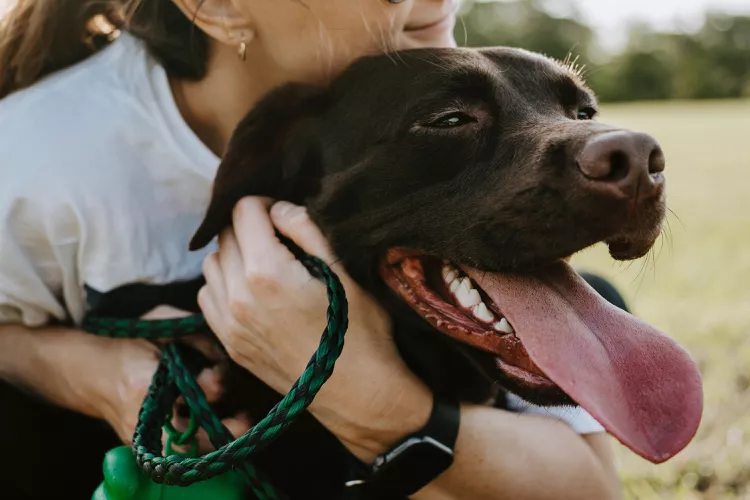
While a warm hug feels comforting to us, most dogs don’t enjoy it. Wrapping arms around a dog’s neck or body can feel threatening. Some dogs tolerate hugs from trusted humans, but that doesn’t mean they enjoy it.
What to Do Instead: Let your dog initiate physical affection. Pet them gently along their back or chest and observe their body language for discomfort.
2. Invading Personal Space

Getting in a dog’s face or hovering over them can feel intimidating. Dogs interpret these actions as invasions of their space, especially if they’re unfamiliar with the person doing it.
What to Do Instead: Approach dogs calmly and avoid rushing toward them. For grooming or health checks, proceed gently and reward your dog with treats.
3. Not Allowing Them to Sniff

For dogs, sniffing is their way of exploring and understanding the world. Rushing a walk without letting them sniff can frustrate them.
What to Do Instead: Allow plenty of time during walks for your dog to explore their surroundings through scent.
4. Lack of Routine

Dogs thrive on structure. Inconsistent feeding, walking, or sleeping schedules can make them anxious. A lack of rules can also cause behavioral issues.
What to Do Instead: Stick to a routine for feeding, exercise, and rest. Training your dog with clear rules will help them feel secure and confident.
5. Yelling or Harsh Punishment

Raising your voice or using physical punishment can scare or confuse your dog, leading to stress or a weakened bond.
What to Do Instead: Use positive reinforcement for training. Redirect unwanted behaviors and reward your dog when they obey commands.
6. Dressing Them Up
While some dogs tolerate clothing, many find it uncomfortable or stressful, especially costumes or headwear.
What to Do Instead: If clothing is necessary (e.g., for warmth), introduce it gradually and associate it with rewards. Observe your dog’s comfort level and stop if they appear distressed.
7. Strong Fragrances
Dogs’ sensitive noses make them highly susceptible to strong smells from perfumes, cleaners, or sprays. These can cause irritation or discomfort.
What to Do Instead: Avoid using sprays or fragrances near your dog. For medical sprays, apply them indirectly using a cloth.
8. Being Left Alone
Dogs are social animals and dislike being left alone for extended periods. This can lead to separation anxiety in some dogs.
What to Do Instead: Spend quality time with your dog when home. If you’re away often, consider hiring a pet sitter or arranging playdates with other dogs.
9. Forcing Uncomfortable Situations
Whether it’s the vet, a bath, or an encounter with another dog, forcing your dog into something they fear can heighten stress and worsen the situation.
What to Do Instead: Use gradual exposure techniques. Reward your dog for calm behavior and take small steps to ease them into the situation.
10. Your Emotional Ups and Downs
Dogs are highly attuned to human emotions. If you’re stressed, sad, or upset, it can affect your dog’s mood. Some may mirror your emotions, while others may act out due to a lack of attention.
What to Do Instead: Maintain routines and spend time with your dog during tough times. Walks and playtime can help both you and your dog feel better.
Final Thoughts
Understanding your dog’s dislikes helps you create a stronger, more trusting bond. While some situations are unavoidable (like vet visits), being mindful of your dog’s feelings and preferences can significantly enhance their happiness and well-being. After all, a happy dog means a happy owner!

